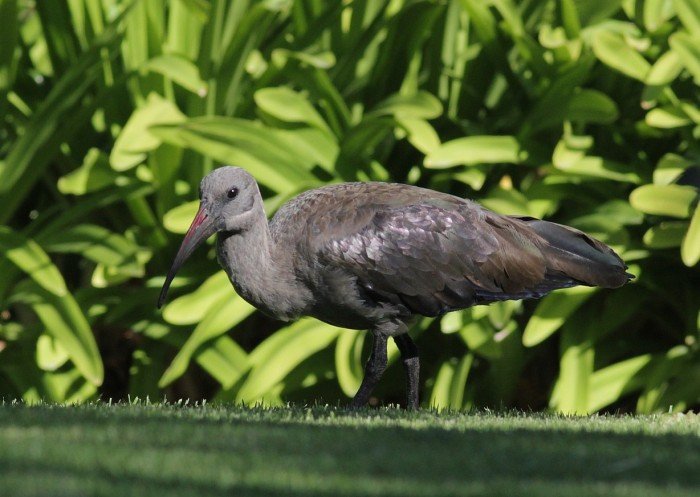
You may not realize it when you look at those bizarre looking waders with the massive bills and the vacant expression, but you’re looking at a group of birds that has inspired humankind for literal centuries. There are only a few birds for whom their names have changed little since the dawn of the written alphabet itself, but ibis, named by the Greeks a few thousand years before, is one of them. Anyone with a passing interest in Egyptian mythology has seen the man with the ibis head, the god Thoth. It turns out bis were raised specifically to be included in burial ceremonies as we know from the preponderance of ibis filled mummies at archeological sites in the area, and according to Mediterranean legend, the Southern Bald Ibis was the first bird released by Noah after the biblical flood. And in modern times, that football powerhouse the University of Miami has as it’s mascot a tough-looking White Ibis, known locally as a “Hurricane Bird” for it’s bravery (some may say stupidity) in riding out those massive storms. Egyptians? Biblical tales? Football? No wonder ibis are so beloved. It’s clear that ibis have been part of human civilization for as long as there has been civilization of which to be part.
Scarlet Ibis, photo by Natalia Ocampo-Peñuela
The group has a worldwide distribution; 28 species living and two additional extinct. Both extinct species were island-dwelling and flightless, suggesting a propensity of the group to disperse over long distances, a characteristic that any birder in late summer is familiar with. They are birds of the march, with long billed particularly adept at probing mud and extracting prey critters from well-dug trenches. They can be exceptionally rare, with some Asian and African species at high risk of extinction due to the twin scourges of habitat loss and hunting pressure including the gorgeous Crested Ibis of Japan and the impressive Giant Ibis if southeast Asia, or exceedingly common as in the case of the White Ibis if the southeastern North America which is as common as a parking lot bird in some parts of its range as starlings and pigeons.
American White Ibis, photo by Julie Gidwitz
In North America we only have three regularly occurring ibis, the aforementioned White Ibis and the two species of the genus Plegadis, White-faced Ibis and the far reaching Glossy Ibis, a species we share with every continent save Antarctica making it one of the world’s most cosmopolitan bird species. It’s hard not to be taken in with the green-glossy plumage of these highly migratory and social birds. And, as one particular notorious incident suggests, we are not the only organisms with an eye towards these waders.
Buff-necked Ibis, photo by Natalia Ocampo-Peñuela
While in the New World our ibises appear mostly feathered throughout, there are several ibis species in the Old World with bizarre bald heads that make them seem almost vulturine in appearance. It is these, of course, that drew the attention of the Bronze Age people and their unusual ibis-based cultural fascination with the bird. This means, of course, there are those out there who appreciate this austere visage, but for me, at least, it’s a strange thing to see that familiar curved bill and jaunty lawn strut on a species so grotesque, reaching its peak with the east African Wattled Ibis. It draws a more or less firm line between those species in the Old World and those in the New, however. Though as the Sacred Ibis continues to make inroads in Florida, that line gets more and more blurry every year.
Southern Bald Ibis, photo by Adam Riley
If you want to really talk about bizarre facial adornments, though, you need to look towards those almost-ibises, the spoonbills. The spoonbills are a collection of six species from around the world whose facial accouterments have reached their terrifying bizarre zenith. At the end of that bill, where in most species it tapers to a fine point, instead there’s a pair of rounded paddles, superficially resembling a spoon. As with most things, these spatulate bills are a very specific feeding adaptation, and the spoonbills, to a species, shuffle through the shallow water waving their bill back and forth until a creature triggers the snap reflex, bringing down the full weight of the bill on its prey like a pair of kitchen utensils on an errant caeser salad. They’re unusual to be sure, but there’s a certain grace in the back and forth monotony of the spoonbill’s feeding strategy and there’s little like seeing a line of spoonbills tearing across a shallow mudflat seeking food you can’t possibly see.
Roseate Spoonbill, photo by Julie Gidwitz
It’s a shame the Egyptians didn’t know about them, as that would have made a fantastically terrifying deity.
–=====–
White Ibis, Eudocimus albus
- Adult and Juvenile White Ibis – Mia McPherson, On the Wing Photography
- Two Different White Ibises – Drew Weber, The Nemesis Bird
- White Ibis at the Flats – Drew Weber, The Nemesis Bird
- White Ibis Chowing Down on Crayfish – Andy McGann, The Nemesis Bird
- Juvenile White Ibis in New Jersey – Corey Finger, 10,000 Birds
White-faced Ibis, Plegadis chihi
- White-faced Ibis in Flight – Mia McPherson, On the Wing Photography
- White-faced Ibis Killed by One-eyed Peregrine – Alex Lamoreaux, The Nemesis Bird
- White-faced Ibis: 2nd State Record for PA – Alex Lamoreaux, The Nemesis Bird
- White-faced Ibis at Colusa National Wildlife Refuge – Larry Jordan, 10,000 Birds
Glossy Ibis, photo by Valerie Gebert
Glossy Ibis, Plegadis falcinellus
- Piping Plover and Glossy Ibis – Peter Thoem, My Bird of the Day
- Banded Glossy Ibis – Drew Weber, The Nemesis Bird
- Early Morning Bird Walk – Charlotte Wasylik, Prairie Birder
African Sacred Ibis, Threskiornis aethiopicus
- The Sacred Ibis in Africa – Susan W, The Nature of Framingham
- Sacred Ibis – Duncan Wright, 10,000 Birds
Roseate Spoonbill, Platalea ajaja
- Roseate Spoonbills – Mia McPherson, On the Wing Photography
- Sweet, sweet Spoonbills – Mike Bergin, 10,000 Birds
- Roseate Spoonbills at Merritt Island National Wildlife Refuge – Corey Finger, 10,000 Birds
Roseate Spoonbills, photo by Valerie Gebert


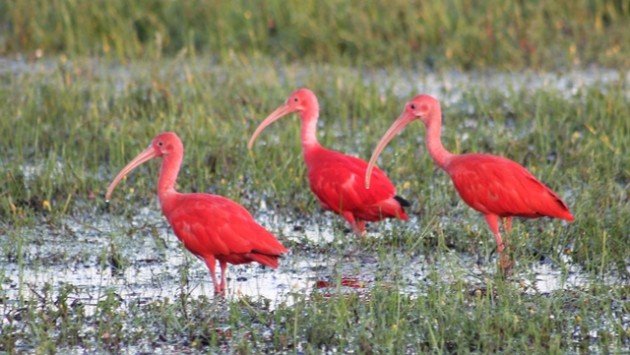
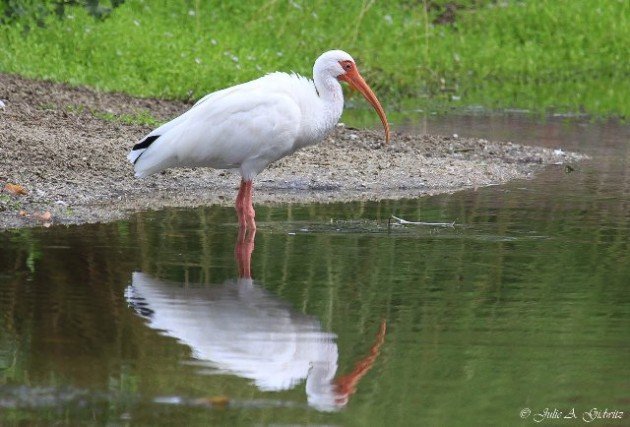
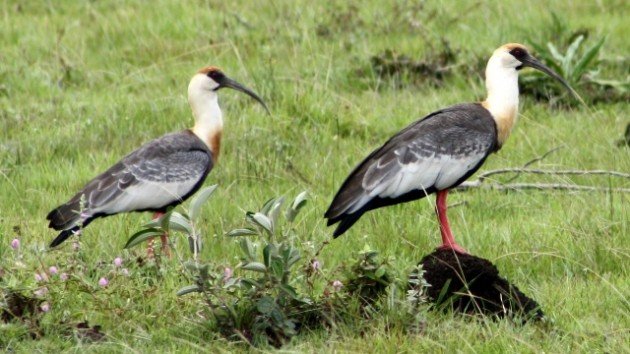
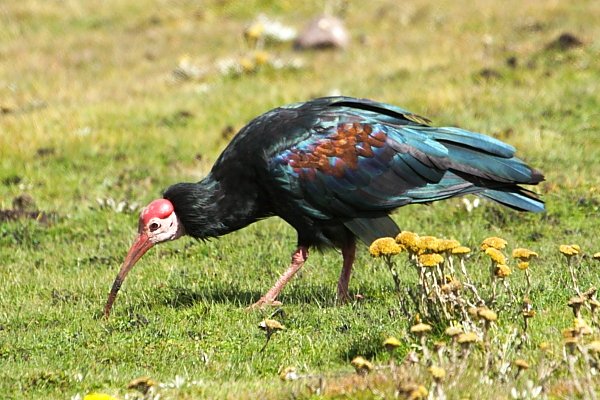
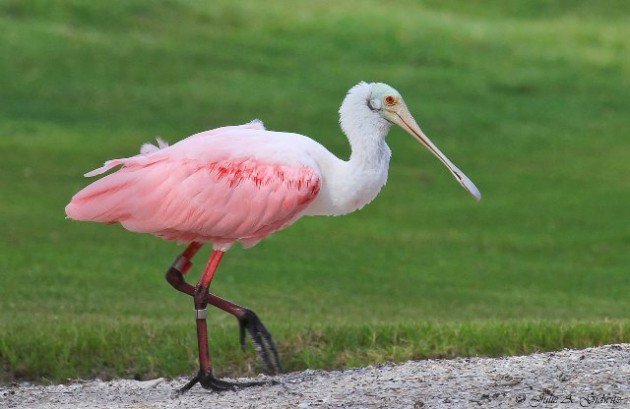
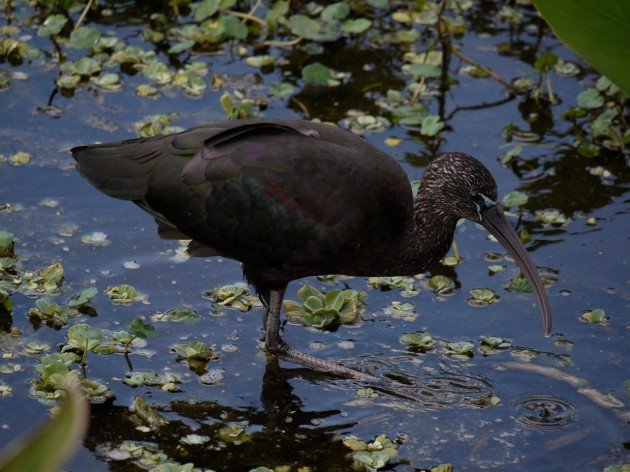
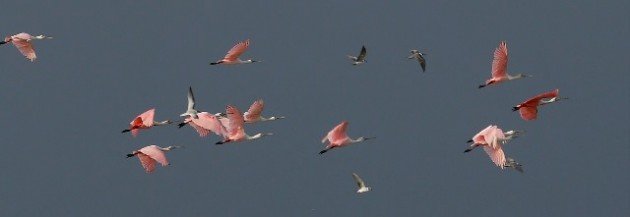

 New writers welcome – please contact us for details.
New writers welcome – please contact us for details.

















A rather conservative taxonomy there, lumping the sacred Ibis complex as one.
Oops.
thanks, iam very intersting in birding ,i birding western regin in India
this is very informative
thanks lot
the difference is only of the shape of the legs and wings half but they came from a family that my opinion
I spotted the African Sacred Ibis in Italy last week. Along the Adriatic sea where the Po enters (Delta Po) – https://www.youtube.com/watch?v=hTKcqTqKYJY